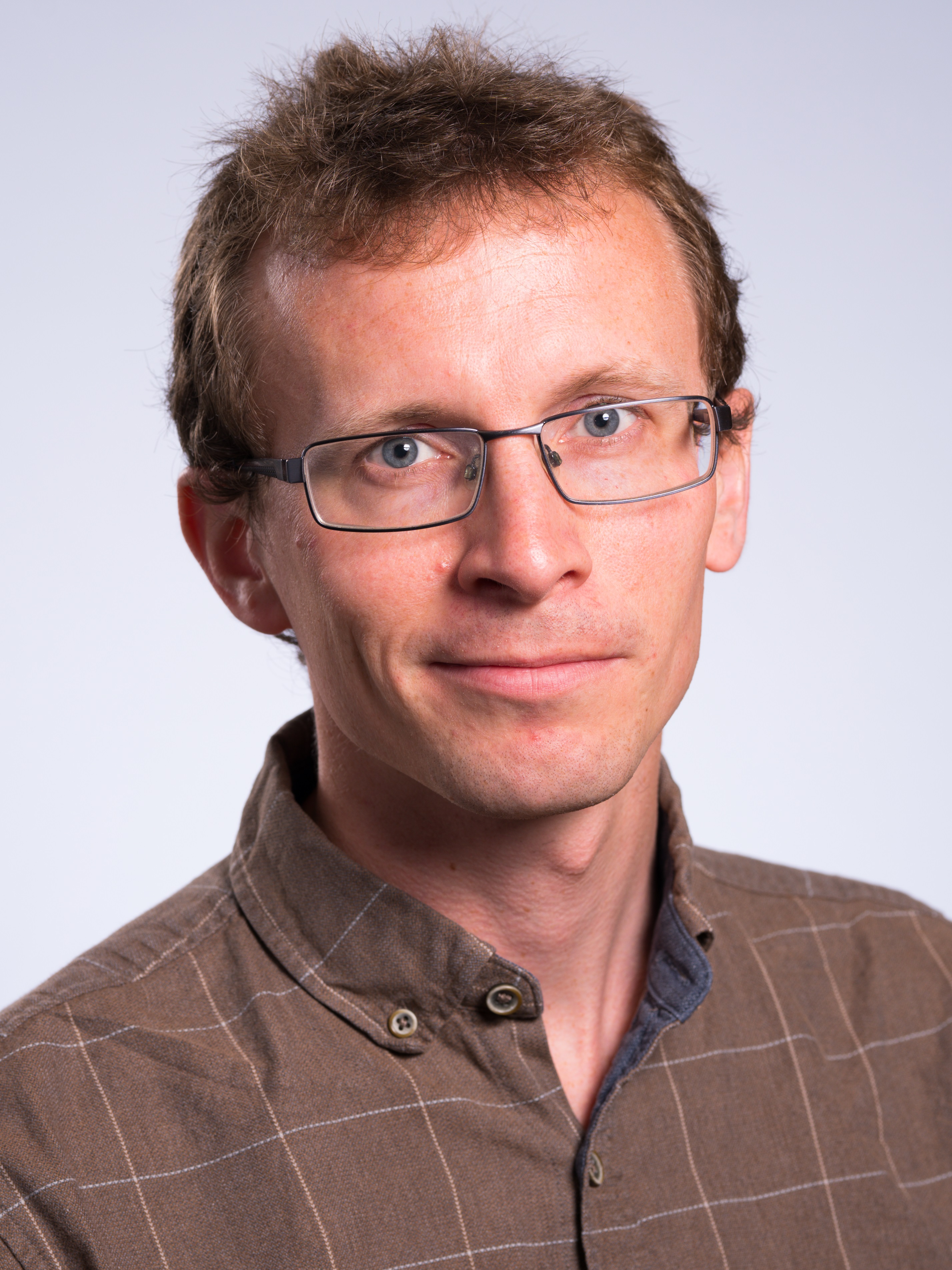Profile
I am an astrophysicist with interest in a range of topics in star and planet formation, though my main focus at present is understanding how planet formation happens in different types of environment. I primarily use a mixture of computer simulations and real observations in my research. I am also recently starting to work on astrobiology, with a focus on photosynthesis on exoplanets.
I joined QMUL in 2019 as a Royal Society Dorothy Hodgkin Fellow and proleptic lecturer.
In 2014 I completed my PhD at the University of Exeter and moved to the Institute of Astronomy in Cambridge as a postdoctoral researcher. Starting in 2016, I then spent 3 years as an Imperial College Junior Research Fellow before being awarded a Dorothy Hodgkin Fellowship and moving to QMUL in 2019.
Team Members:
Lin Qiao (PhD student, 2020-present)
Sébastien Paine (PhD student, 2023-present)
Co-supervised Team Members:
Samir Chitnavis (LIDO PhD student, co-supervisor)
Callum Gray (PDRA, co-supervisor)
Previous Team Members
Giulia Ballabio (PDRA 2020-2022. Moved on to a PDRA at Imperial)
Summer Students
If you are interested in applying for an RAS summer studentship please contact me well in advance of the summer, around December time ideally. This gives us time to write a case for support.
Ifigeneia Rousouli (2023)
Grégoire Canchon (2022)
Enzo Olivieri-Cortes (2022)
Julienne Hisole (2022)
Zuzanna Kocjan (2020)
Stanley Cheung (2019)
Emma Albertini (2018)
Teaching
I teach the masters level course Radiative Transfer and Astrochemistry, formerly "Electromagnetic Radiation in Astrophysics". This is all about understanding how light is emitted, propagates and is detected. This is strongly linked to research in astrophysics, since we have to infer pretty much everything we know about the wider Universe from light alone (though we now have gravitational waves too!). In this course we understand how astronomers estimate masses, temperatures and velocities of real astrophysical systems. We also study how light also affects how systems evolve in astrophysics, be it by evaporating the atmosphere of a planet, starving planet-forming discs of material or re-ionising the Universe. With the new links to astrochemistry we also study how astrochemistry differs from chemistry on the Earth and how to calculate the chemical stucture of basic astrophysical systems. Of course we also connect everything in the course to study how light affects the composition of astrophysical gases. This course really focuses on the link to modern research. The concepts covered are also important beyond astrophysics, being applied for example to medical research and climate modelling.
I also supervise undergraduate and Masters level research projects. Where possible these are on unsolved problems that I have been working on.
Public Engagement
I am strongly engaged in public outreach, for example
- QMUL Festival of communities in 2022
- Launching bottle rockets with Carealot Day Nursery in Chelmsford
- Speaking for QMFutures.
- I am part of the creativity and curiosity art-science collaboration (https://www.creativityandcuriosity.com/)
- I was special guest on the exoplanet podcast (http://www.exocast.org/exocast-35b/)
- I spoke at the Berlin Großplanetarium for Berlin Science week in 2019
- School visits (Maple Cross Primary and Hilltop Primary)
- I have given talks for Crayford Manor Astronomical Society and the London Amateur Astrophysics Group (LAAG).
